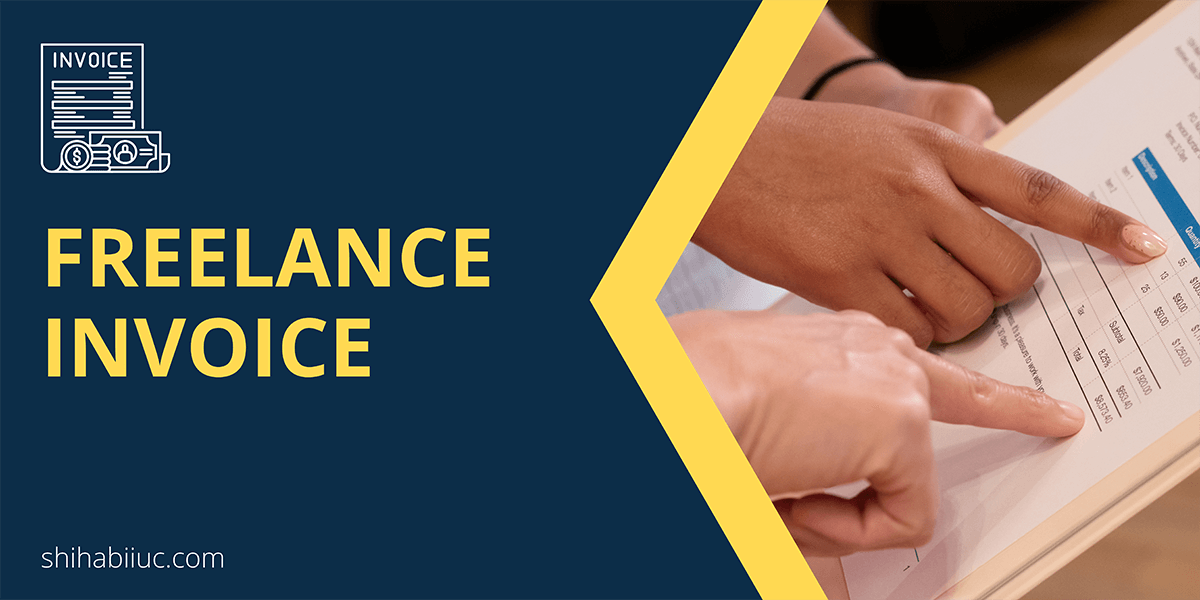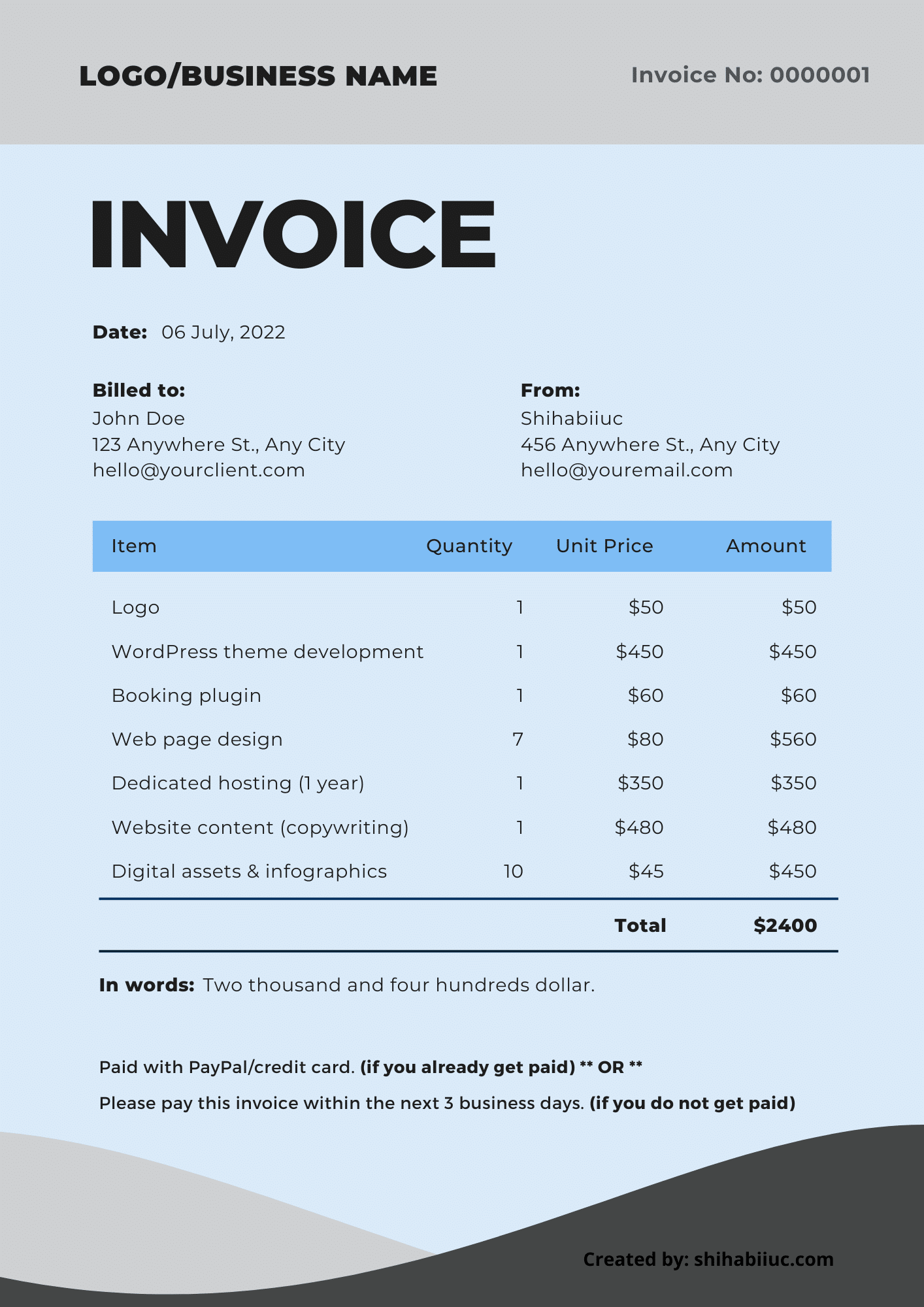
Writing an invoice for your freelance work is not hard. But many of you may not send invoices to clients even if it was easy. As a result, you appear less professional than actually you are. Also, you are missing some other benefits.
As a freelancer, I was discussing with my client and I let them know the price. And then I told them to send me the payment.
This is how most of us are getting paid. But this approach has lots of issues such as:
- The client thinks that they are going to be overcharged.
- Work breakdowns were missing to the clients so they don’t know what specifically I did for them.
- The client was hesitating to make the payment and make delays. So it needs additional pushing and follow-up.
- Some clients underestimated and think of me as another freelancer just like they came across in the past.
- I appeared less professional to them.
How to create an invoice for your freelance work?
You can create an invoice in a couple of ways and style it the way you want. But there are a few things that are common on all the professional invoices. That means these common things are mandatory to have in all invoices.
- Branding: It’s your company/business name/logo. If you don’t have a business name yet, then you have to write your own name. Either way, you have to include branding in the header/top of the invoice.
- Date: It’s typically issuing date.
- Invoice number: It’s one of the most important parts of any invoice. It’s a unique number that works as an identifier. If a client has questions about an invoice and if they reach out to your business, you can easily find & sort out the specific invoice using the invoice number. It may not look important yet but once your business grows big, you will find it super helpful. It’s a good practice to have the same sequence (equal length) of the invoice number. For example, you can start from “0000001” (seven numbers/figures). And then “0000002”, “0000003”, etc. You got the idea. Also, you can include any identifier using letters. For example, “DTC0000001” (here DTC is an identifier).
- Your contact information: It contains your business/company name, your full name, contact address, email, phone, etc.
- To whom you’re sending the invoice: It’s your client and their contact information such as company/business name, address, email, phone number, etc. It typically starts with the word “To/Mr/Mrs/etc.”
- Item details: It’s another (most) important part of the invoice. This part is generally a table that contains the item name, quantity, unit price, description, amount, etc.
These are the six key components of any professional invoice and your freelance business is no different. Below I have a sample invoice for freelance work.
Sample invoice for freelance work
I will give you a downloadable invoice for this template later in this section. Also, I will give you some other real-world invoices that came from renowned companies. Let’s check a freelance invoice below.

Download this invoice template
You can download the above template in a PDF format so you can copy the text and edit the invoice as you see fit.
Download the above freelance invoice template in PDF format.Real-world invoices by renowned companies
These invoices belong to me. However, you can download them and see how established companies are writing invoices for their clients.
This could be a perfect inspiration to create your own.
Conclusion
You got key components of writing an invoice for your freelance business. Also, now you know the benefits of sending invoices to your clients.
The invoice templates that I created for you will definitely help. Go ahead and download the invoice and make your own.
Invoice is an important aspect of your freelance business. You should send invoices to your clients even if it’s a one-buck order. It does not only make you professional but also helps you to get paid early. And your client knows what exactly they were charged for.


